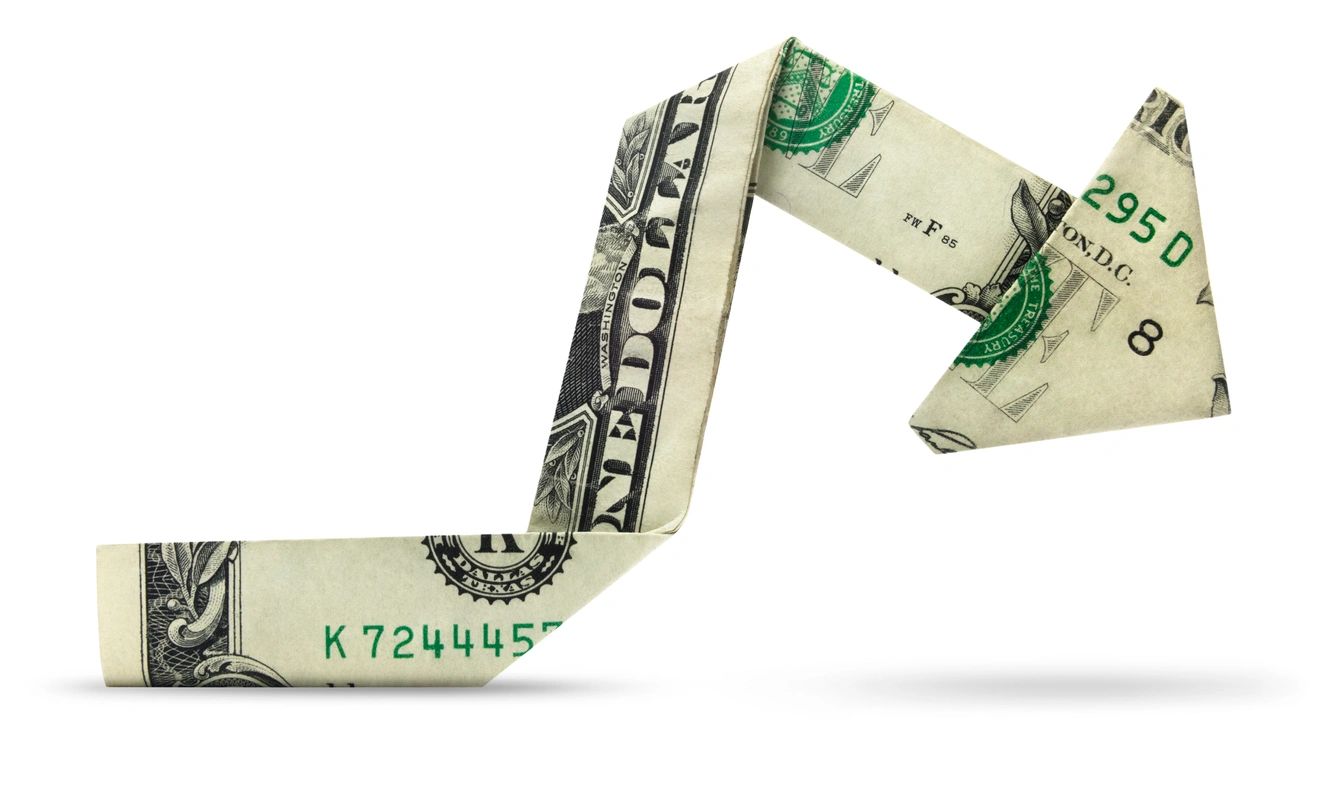Living paycheck to paycheck can feel like being trapped in a relentless loop. You work hard, yet financial freedom seems elusive. As soon as one paycheck arrives, it’s already spoken for—bills, groceries, unexpected costs. But breaking the paycheck-to-paycheck cycle isn’t just a dream; it’s an attainable reality with intentional changes. With the right strategies, you can pave your path to financial freedom and long-term security. Whether optimizing your budget or exploring multiple income streams, these steps can help you reclaim control of your finances.
Understanding the Paycheck-to-Paycheck Cycle
The paycheck-to-paycheck cycle is a pervasive issue for many. It refers to the situation where all of one’s income is consumed by monthly expenses, leaving no room for savings. Without a financial buffer, even minor emergencies can lead to debt or late payments, exacerbating the problem. Understanding this cycle is key to breaking it. It’s not just about earning more; it’s about controlling where your money goes. By identifying the financial habits keeping you in this loop, you can take practical steps toward financial independence.
Building a Budget that Works
Budgeting is the cornerstone of financial management, yet many people avoid it because it feels restrictive. In truth, a well-constructed budget liberates you. It provides a clear overview of your income and expenses, helping you direct money towards savings and debt reduction. Start by listing all sources of income and categorizing your monthly expenditures, separating necessities from discretionary spending. Aim to follow the 50/30/20 rule: 50% of income for needs, 30% for wants, and 20% for savings and debt repayment. A budget not only curbs overspending but also offers a strategic approach to achieving financial freedom.
Prioritizing Emergency Savings
One of the first moves toward financial freedom is building an emergency fund. Without a financial cushion, you’re more likely to turn to credit cards or loans during unexpected expenses, pushing you deeper into the paycheck-to-paycheck cycle. Even starting small with a goal of $500 can make a significant difference. Eventually, save three to six months’ worth of living expenses. This financial buffer provides security and prevents small emergencies from becoming financial catastrophes.
Cutting Unnecessary Expenses
Expense management is crucial to breaking the cycle. Many of us unknowingly spend money on unnecessary items—whether subscription services we no longer use or dining out more often than necessary. Perform a “spending audit” by reviewing your bank statements for the past few months. Identify areas where you can cut back without drastically changing your lifestyle. Cancel unused subscriptions, limit takeout, and reconsider impulsive purchases. These small adjustments can add up over time, allowing you to redirect money toward savings or debt repayment.
Increasing Income Streams
In some cases, cutting expenses isn’t enough to break the paycheck-to-paycheck cycle. That’s where increasing your income becomes essential. Diversifying your income streams can help you build financial resilience. Whether it’s picking up a side hustle, freelancing, or investing in skills that could lead to a promotion or higher-paying job, the options are varied. The gig economy offers numerous opportunities to make extra cash, from ride-sharing to online tutoring. By earning more, you can accelerate debt payments, increase savings, and eventually reach financial freedom.
Paying Down Debt Strategically
Debt is often a primary contributor to the paycheck-to-paycheck cycle. But paying down debt isn’t just about throwing money at the problem; it’s about strategy. Prioritize high-interest debt first, as this type of debt grows fastest. The “snowball method”—where you pay off the smallest debt first for a psychological boost—can also be effective. Whichever method you choose, the goal is to reduce the burden that monthly debt payments place on your budget. Over time, eliminating debt frees up income that can be funneled into savings or investments.
Mindset Shifts for Financial Independence
Breaking the paycheck-to-paycheck cycle isn’t just about numbers on a spreadsheet. It also requires a fundamental shift in how you view money. Instead of seeing income as something to be spent, start viewing it as a tool to build wealth and security. This mindset shift involves delayed gratification, resisting the urge to splurge today for a more comfortable tomorrow. Cultivating patience and discipline are key mental habits in achieving long-term financial independence. Remember, financial freedom is less about having more money and more about using the money you have wisely.
Summary
Breaking free from the paycheck-to-paycheck cycle may seem daunting, but it is entirely within reach. By creating a realistic budget, prioritizing savings, cutting unnecessary expenses, and increasing income, you can gradually build financial security. The key is consistency—small changes made regularly will accumulate into significant financial shifts over time. Embrace a mindset toward long-term independence, and financial freedom will no longer be a distant dream but a living reality.
Please like, comment, and share this article if you found it helpful and
informative.
Visit https://bigtownbulletin.com if you would like to see more of this content.
Please like, comment, and share this article if you found it helpful and
informative.
For more news check out Big Town Bulletin News
For more from Big Town Bulletin check out Big Town Bulletin


